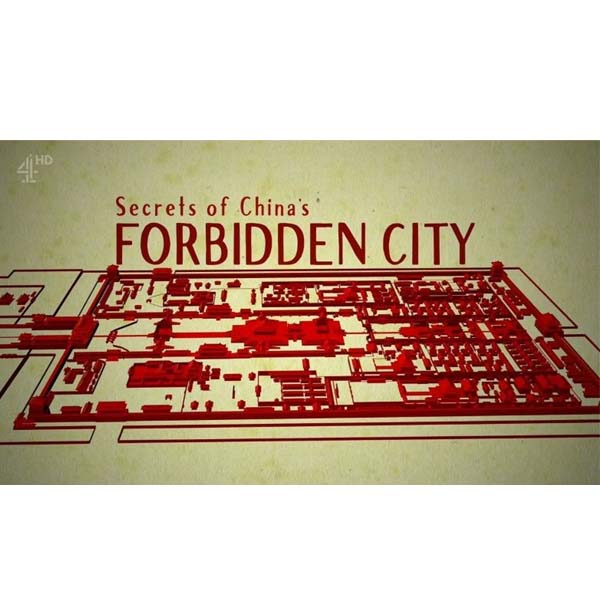The BBC documentary “Secrets of China’s Forbidden City” released last July, examines the technical expertise that made possible one of the greatest wonders of the medieval world.
The Forbidden City, with its warrens of buildings and pathways, home to the biggest wooden structure on Earth and a place of staggering wealth and power, was built by order of Emperor Yongle of the Ming Dynasty (1368-1644).
The palace housed China’s emperors for six centuries, surviving war, upheavals and natural disasters.
The documentary looks at ongoing conservation work, uncovers how wood and marble were shipped from far away on waterways and an ice road, and how the engineering expertise in those ancient days made the building withstand earthquakes. It reveals details about past rulers and trade with Europe.
The complex is spread over 178 acres (720,340 sqm), and originally housed 900 buildings with 9,999 rooms, just one less than the divine number of 10,000, which was reserved for heaven.
The rare Nanmu (楠木) wood was used for its density and beauty. Reportedly, some 10,000 nanmu logs were shipped from forests more than 18,000 km southwest of Beijing. Furthermore, golden floor tiles from 1,000 km south and 18 million bricks, each weighing 24 kilograms, were transported to the capital.
Along with 200 million liters of grain to feed the one million workers each year, the material was floated along the 1,795-km Grand Canal. The UNESCO website considers it the world’s oldest canal, and far longer that the Suez or Panama Canal.
Construction began on sections of the Grand Canal, eventually linking Beijing with regions to the south, terminating in Zhejiang province. It also linked five of China’s major river basins, including the Yellow River and Yangtze.
The Grand Canal is inscribed in UNESCO’s World Heritage List.
On the other hand, marble for the Emperor’s 16-meter hand-carved grand staircase weighed more than 300 tons and had to be shipped from a quarry 60 km away. Scientists in the documentary speculate that frozen rivers in winter formed a slippery path for moving the rock, requiring 180 men to accomplish its transport.
Earthquake
The Forbidden City has withstood over 200 devastating quakes.
In modern times, a deadly 7.8 magnitude earthquake in 1976 in Tangshan, 153 km east of Beijing, wiped out the city and killed nearly 250,000 people in just 15 seconds.
Yet the Forbidden City suffered minimal damage. Experts believe it may have been due to the use of the dougong (斗拱), a complex bracket that supports the roof.
In traditional Chinese architecture, there are no nails or glue, nothing holding a structure together other than blocks of craftily designed pieces of wood locking against one another.
The dougong, an architectural element commonly found in traditional East Asian architecture, is the structural key to every Forbidden City building.
The dougong absorbs the energy from earthquakes, keeping the structures safe.
The documentary may now be viewed on YouTube.
